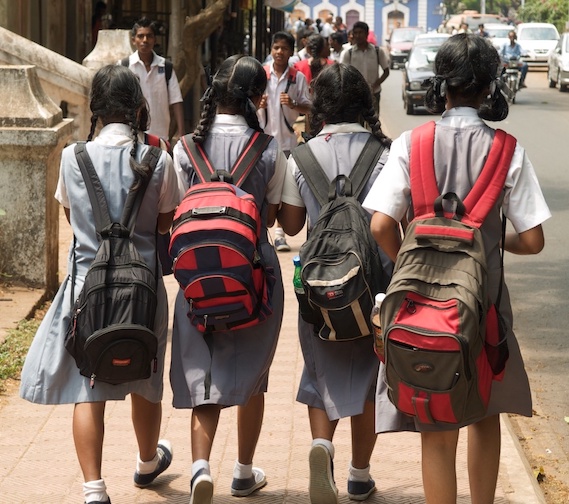On April 10, the Supreme Court of India called for a “uniform national policy” to be developed by the central government, in consultation with States and Union Territories, to ensure menstrual hygiene in schools. The policy aims to provide sanitary pads, vending and disposal mechanisms, and exclusive washrooms for girl students in schools. The court was hearing a petition to direct the government to ensure the provision of sanitary pads and separate toilets for girl students in Classes 6 to 12, emphasising the need to spread awareness among schools on the issue. The Centre was represented by Additional Solicitor-General Aishwarya Bhati, who highlighted that the Health, Education, and Jal Shakti ministries were the nodal ministries responsible for the issue. States and Union Territories were given four weeks to submit their menstrual hygiene plans and programs to the Union Health Secretary, funded either through the Centre or with their own funds.
Importance of menstrual hygiene in schools
The issue of menstrual hygiene in schools is a critical one, as poor menstrual hygiene can lead to several health complications, including urinary tract infections, reproductive tract infections, and cervical cancer. Many young girls from low-income backgrounds cannot afford to buy sanitary pads, and as a result, they resort to unhygienic practices during menstruation, which can lead to serious health issues. Moreover, girls often miss school during their periods due to a lack of proper facilities, leading to a loss of educational opportunities and a higher risk of dropping out of school.
The need for a uniform national policy
The Supreme Court’s call for a uniform national policy to ensure menstrual hygiene in schools is a significant step towards addressing this issue. While several States and Union Territories have already implemented programs to provide sanitary pads and separate toilets for girls, there is a need for a coordinated effort at the national level to ensure that every girl has access to menstrual hygiene facilities. A uniform national policy would provide a framework for States and Union Territories to follow while also allowing for flexibility based on the prevailing conditions.
The role of the central and state governments
The Centre’s nodal ministries of Health, Education, and Jal Shakti are crucial in implementing the uniform national policy. These ministries must work in coordination with State and Union Territory governments to ensure that the policy is implemented effectively. Additionally, States and Union Territories must take an active role in ensuring menstrual hygiene in schools, as education and health come within their jurisdiction. The Supreme Court’s call for States and Union Territories to submit their menstrual hygiene plans and programs, along with information on the amounts spent on low-cost sanitary pads and vending and disposal mechanisms, will help in identifying the gaps in menstrual hygiene facilities in schools and aid in the formulation of the uniform national policy.
Challenges in implementing the policy
Implementing a uniform national policy for menstrual hygiene in schools will not be without challenges. The lack of infrastructure, funds, and awareness among school authorities and parents may hinder the effective implementation of the policy. Additionally, cultural taboos around menstruation may discourage girls from availing of menstrual hygiene facilities, leading to a low utilisation rate. Therefore, there is a need for a sustained awareness campaign aimed at dispelling myths and taboos around menstruation and promoting the use of menstrual hygiene products among girls.
Conclusion
The Supreme Court’s call for a uniform national policy for menstrual hygiene in schools is a significant step towards ensuring that every girl has access to menstrual hygiene facilities. The policy aims to provide sanitary pads, vending and disposal mechanisms, and exclusive washrooms for girl students in schools. While several States and Union Territories have already implemented programs to provide menstrual hygiene facilities, a coordinated effort at the national level is needed to ensure that every girl has access to these facilities. The Centre’s nodal ministries of Health, Education, and Jal Shakti, along with State and Union Territory governments, must work together to ensure the effective implementation of the uniform national policy. While challenges in implementing the policy exist, sustained awareness campaigns aimed at dispelling taboos around menstruation and promoting the use of menstrual hygiene products among girls can aid in overcoming them. Ensuring menstrual hygiene in schools is a critical step towards improving the health and educational outcomes of young girls, and the Supreme Court’s call for a uniform national policy is a significant step towards achieving this goal.

